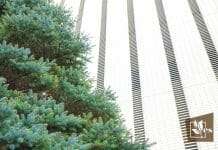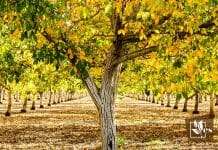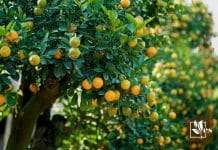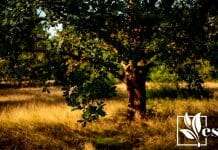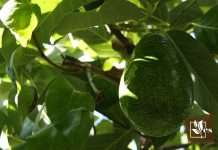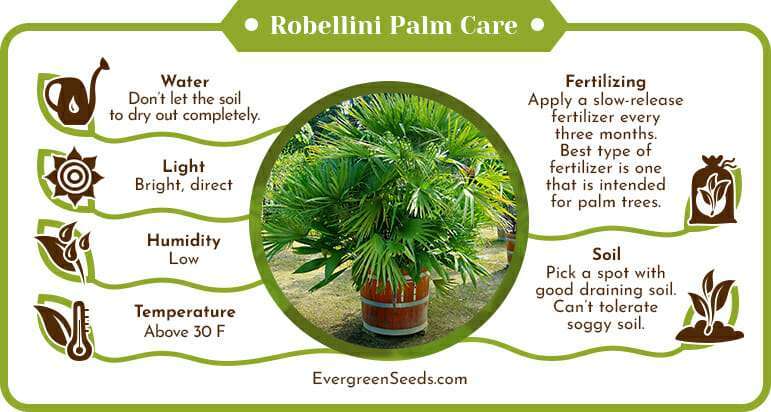 The Robellini Palm Tree of the Arecaceae family is a favorite among landscapers looking for a beautiful tropical plant that doesn’t grow too big.
The Robellini Palm Tree of the Arecaceae family is a favorite among landscapers looking for a beautiful tropical plant that doesn’t grow too big.
The Robellini Palm is easy to care for in many growing regions that don’t freeze. The bright green foliage and graceful trunk of the Robellini Palm creates an exotic garden atmosphere, particularly when these Phoenix genus palms are planted together or in containers.
JUMP TO TOPIC
Robellini Palm Care
The Robellini Palm is relatively easy to care for when you know the proper methods professionals use to keep these tropical plants thriving. There are a few key things to consider when deciding to choose the Robellini Palm for your landscaped garden.
Plant Where Palms are Happy
Like most palm trees, the Robellini Palm originates in tropical and subtropical regions of the world, most specifically East Asia. Robellini Palm size is considerably smaller than most palms. When planted in soil, it may grow up to 10 feet, but the Robellini Palm usually won’t grow taller than six feet in a container.
Robellini Palms are considered cold hardy to USDA zone 10A, but are frequently grown in zone 9B. Robellini Palms can be found throughout the American South and Southwest, and are popular in states like Florida and Arizona. Lots of people in colder zones have success with Robellini Palms grown in containers that can be moved indoors during the cold months.
Many people have grown Robellini Palm Trees in zones that regularly have temperatures that drop below 25-30 degrees Fahrenheit, the coldest temperatures the plant can handle. While some mature plants may be able to withstand brief temperature drops, the Robellini Palm will be harmed.
Protecting Robellini Palm Trees
To prevent Robellini Palms from being damaged by cold weather you will need to take a few steps to keep them healthy when the weather is not cooperating. One thing that you can do is to use a spray-on product that protects plants from frost. It’s also a good idea to water thoroughly before a frost. A thick layer of mulch around the base of the tree will also help to prevent damage from frost.
When temperatures are excessive, your Robellini Palm will tolerate the temperature for a while, but you should ensure the soil remains well watered.
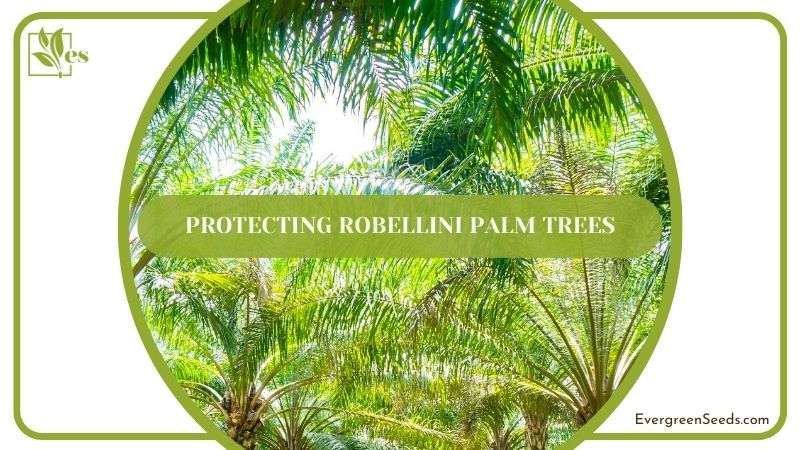
It’s a good idea to use shade cloth or another method of preventing excessive heat which can cause the leaves of a Robellini Palm to burn and curl up.
Robellini Palm Size and Fruit
The plant is frequently called Pygmy Date Palm or Miniature Date Palm because of its short stature, but these plants also have a large canopy of leaves that can grow to a diameter of five feet.
Robellini Palm Trees produce fruit similar to other date palm varieties, only smaller. Robellini Palms produce creamy white flowers in clusters in the spring. The flowers will develop into miniature dates that begin dark purple to black and are reddish-purple when ripe. The fruits are the Robellini Palm seed pods. They are edible and have thin skin and a large pit.
Robellini Palm Trees are slow-growing and will often take five to seven years to reach maturity. Seeds also take a long time to germinate, typically requiring three to six months. Sprouts are similar to other palms with a single blade of the grass-type shoot.
Care of Robellini Palm Planting
When planting a Robellini Palm Tree, you will need to take into consideration the size of the tree, not just its height but also the spread of leaves. Because these palms don’t get very tall, leaves may obstruct walkways when the palm is planted too close.

Robellini Palms also have sharp thorns that can cause injury simply by brushing up against them, so it’s a good idea to give them some room when you plant.
Robellini Palm Temperature and Lights Requirements
The Robellini Palm enjoys full sun to part shade growing environment, but can’t tolerate freezing temperatures. Place the Robellini Palm so that it receives between two and six hours of daylight year-round.
It’s best to plant this palm in an area where it isn’t exposed to late afternoon sun, particularly in hot environments.
Soil Conditions
When you choose a location to plant your Robellini Palm Tree, you’ll want to pick a spot with good draining soil. Robellini Palms can’t tolerate soggy soil or standing water which causes root rot and stunt the growth of the plant. These palms prefer soil with plenty of loam, which you can improve by adding sand, perlite, or compost to your soil.
The Robellini Palm lives best in slightly acidic to slightly alkaline soil. The best type of fertilizer for your Robellini Palm is one that is intended for palm trees. A slow-release fertilizer is the best type to use, and the plant should be fertilized every three months.
Watering Properly
The best way to water a Robellini Palm is to set a garden hose on a low volume and allow the soil to soak. You don’t want the soil to dry out completely between waterings, as this will stunt the Robellini Palm growth rate.
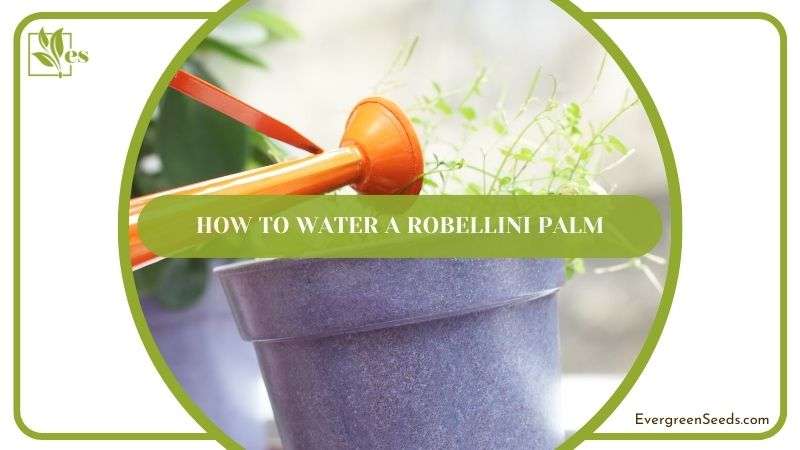
You can use a test meter like this one from Vivosun to measure the amount of water, light, and even the pH of your soil to maximize the health of your Robellini Palm Tree.
Choosing the Right Container
The Robellini Palm is a perfect candidate for container planting because of its relatively small size. Robellini Palms tend to grow best when they are somewhat root bound, which makes container planting an ideal solution.
The key to successfully growing the Robellini Palm in a container is to make sure you don’t overwater and provide regular fertilizer since the plant’s roots won’t be able to get nutrients from the soil.
Robellini Palm Diseases
Robellini Palms don’t suffer from many types of diseases or pests. Understanding what caused your Robellini Palm to turn yellow, or why your Robellini Palm growth rate is slow can help you to identify some of the common diseases.
Fungal Infections
One of the more common ailments Robellini Palms suffers from is fungal infections. The palm is susceptible to bud rot, a fungus that attacks newly-forming leaves and can spread to the trunk and roots.
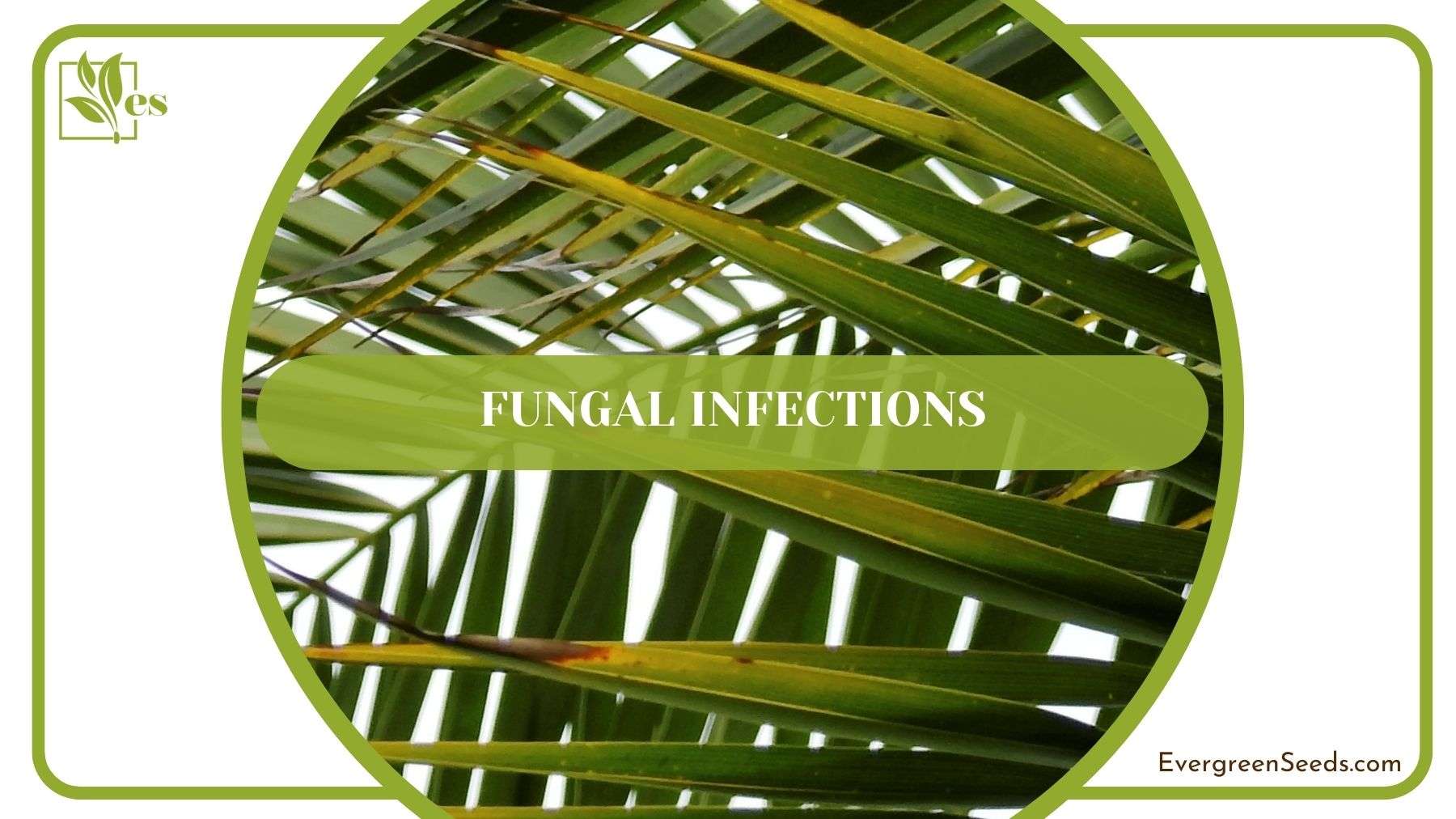
Bud rot can be the cause of Robellini Palm turning yellow and can cause the palm to stop growing. Bud rot is typically caused by overwatering, particularly when water is allowed to gather on the crown and trunk. Fungal growth is most common in hot, humid environments.
Overwatering and poor drainage can also cause a fungal infection in the roots called root rot. This fungus kills the roots, preventing the Robellini Palm from getting the nutrients the plant requires for proper health and growth. You can prevent root rot by ensuring your Robellini Palm has excellent drainage and isn’t getting overwatered.
Leaf Spot Fungus
This disease attacks the leaves or fronds of the Robellini Palm. Leaf Spot Fungus looks like small pustules on the fronds, and it may cause the Robellini Palm to turn yellow.
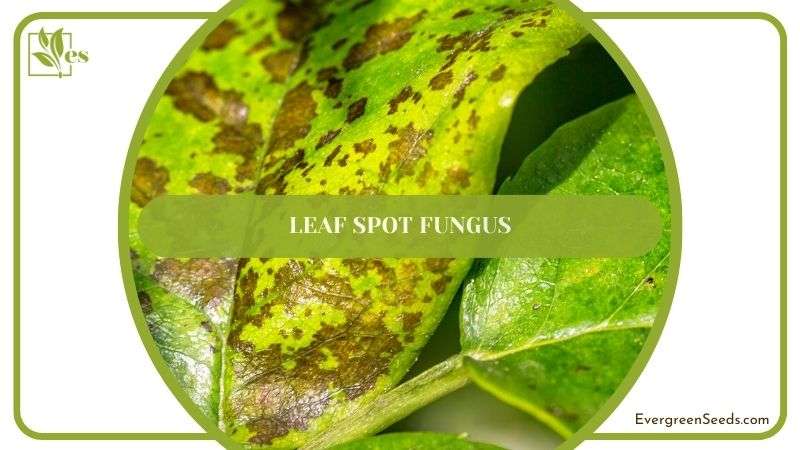
There is a wide range of causes of Leaf Spot Fungus, and the easiest way to treat the disease is with over-the-counter antifungal products. If left untreated, Leaf Spot Fungus will infect the entire plant, eventually killing it.
Pestalotiopsis Fungus
This fungus looks similar to Leaf Spot Fungus in its early stages. Spots appear first on the fronds of the Robellini Palm that can appear yellow, brown, or black. As the fungal infection spreads, the spots will grow and often develop a black ring
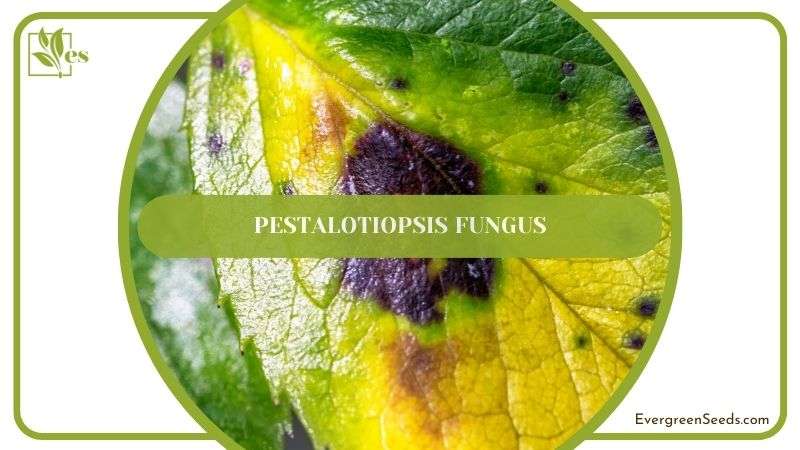
Left untreated, Pestalotiopsis Fungus will infect the Robellini bud, causing rot and inhibiting the Robellini Palm growth rate. Carefully pruning infected leaves and the use of an antifungal treatment can stop the growth of this fungus.
Insect Infestations
Palm trees are generally resistant to many types of common insects that damage other ornamental plants. A common insect that attacks Robellini Palm Trees is called scale. These small, primarily immobile insects attach to the fronds of the palm. Only juvenile and female scale insects feed, but they can cause the entire Robellini Palm to die if not treated.
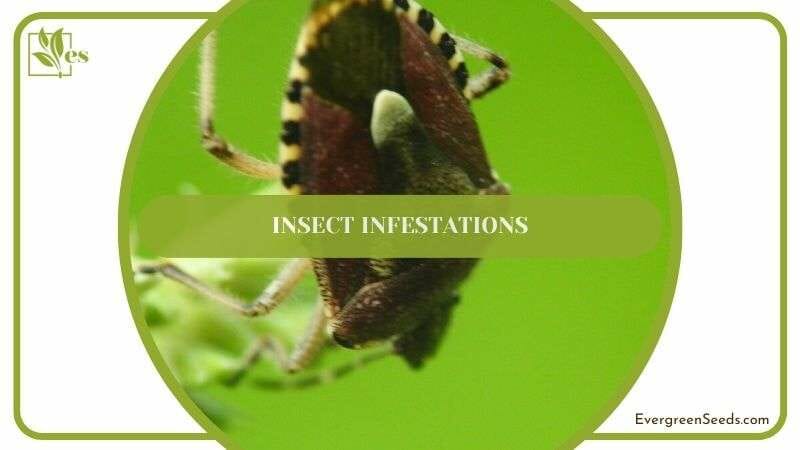
Treating scale is best done with an approved insecticide specifically formulated to kill scale on palm leaves. Treat the plant in its least active growing season, ensuring the fronds are completely sprayed on top and bottom. The bud and trunk must also get thorough spraying of insecticide to kill adult male scale insects. The female and nymphal scale insects do not move, but adult male scale insects do not feed.
Other less common insects include caterpillars, weevils, and mealybugs. These insects should be controllable with pesticides. Keep in mind that the young leaves of the Robellini Date Palm are typically covered in a thin, whitish fuzz often mistaken for insect infestation.
Final note:
Growing beautiful Robellini Palm Trees is easier than you might think. In fact, these are great plants to help create a tropical environment in your landscaping. They grow well in clusters and also look great when grown near larger species of Cat palm trees to add color and definition.


